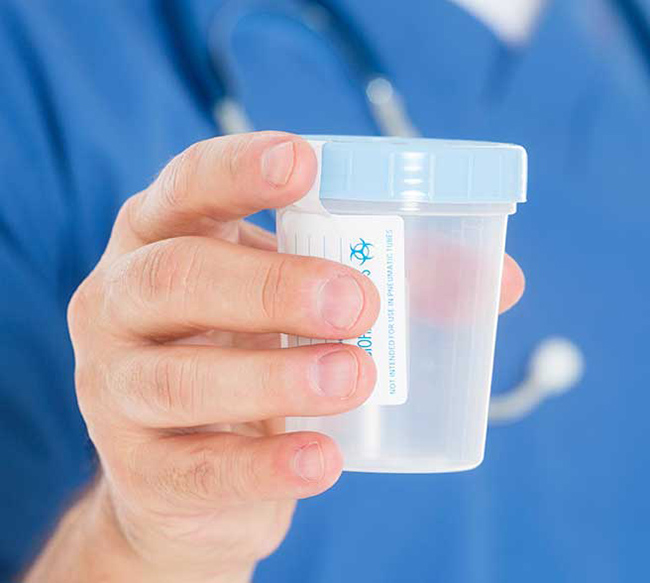When to Perform a Direct Observation Specimen Collection.
Direct observation specimen collections are extremely sensitive in nature. For this reason, employers and collectors must know when to perform a direct observation specimen collection and the proper steps to follow when performing the collection. Typically the employer orders a direct observation collection. However, the federal regulations outline when a direct observation collection may also be ordered by the collector.
When the Employer Orders the Test
If an employer is sending an employee for a “Return to Duty” or “Follow Up” test, the test must be conducted under direct observation. It is the responsibility of the DER to communicate the reason for the test to the collector so the collector will know to follow the direct observation testing protocols.
The federal regulations also specifically state that collectors must immediately conduct a direct observation collection if ordered by the Designated Employer Representative (DER) to do so. If the laboratory reports to the MRO that a specimen is invalid and the MRO reports to the employer that no medical reason exists, the employer must order another collection using direct observation. For example, if the specific gravity is not within an acceptable range and there appears to be no medical reason, the employer is required to order another test using direct observation.
A second collection using direct observation procedures must be ordered by the employer if the lab and MRO report that a specimen was negative-dilute with a creatinine concentration of 2 mg/dL or greater and 5 mg/dL or less.
When the Collector Decides
There may be times when the collector is responsible to initiate a specimen collection using direct observation procedures.
- If the employee is in possession of suspicious materials such as fake urine or chemicals to adulterate a specimen, the collector must perform the collection using the direct observation protocol.
- If the employee’s conduct clearly indicates an attempt to tamper with a specimen, the collector must perform a direct observation collection.
- If upon inspection, the specimen temperature is below 90 degrees F and above 100 degrees F, the temperature is considered to be out of range. The DOT states a collector must conduct a second collection using direct observation procedures.
- Additionally, if there is excessive foam or particulates in the specimen that indicate an adulterated specimen, the collector must perform another collection using direct observation procedures.

